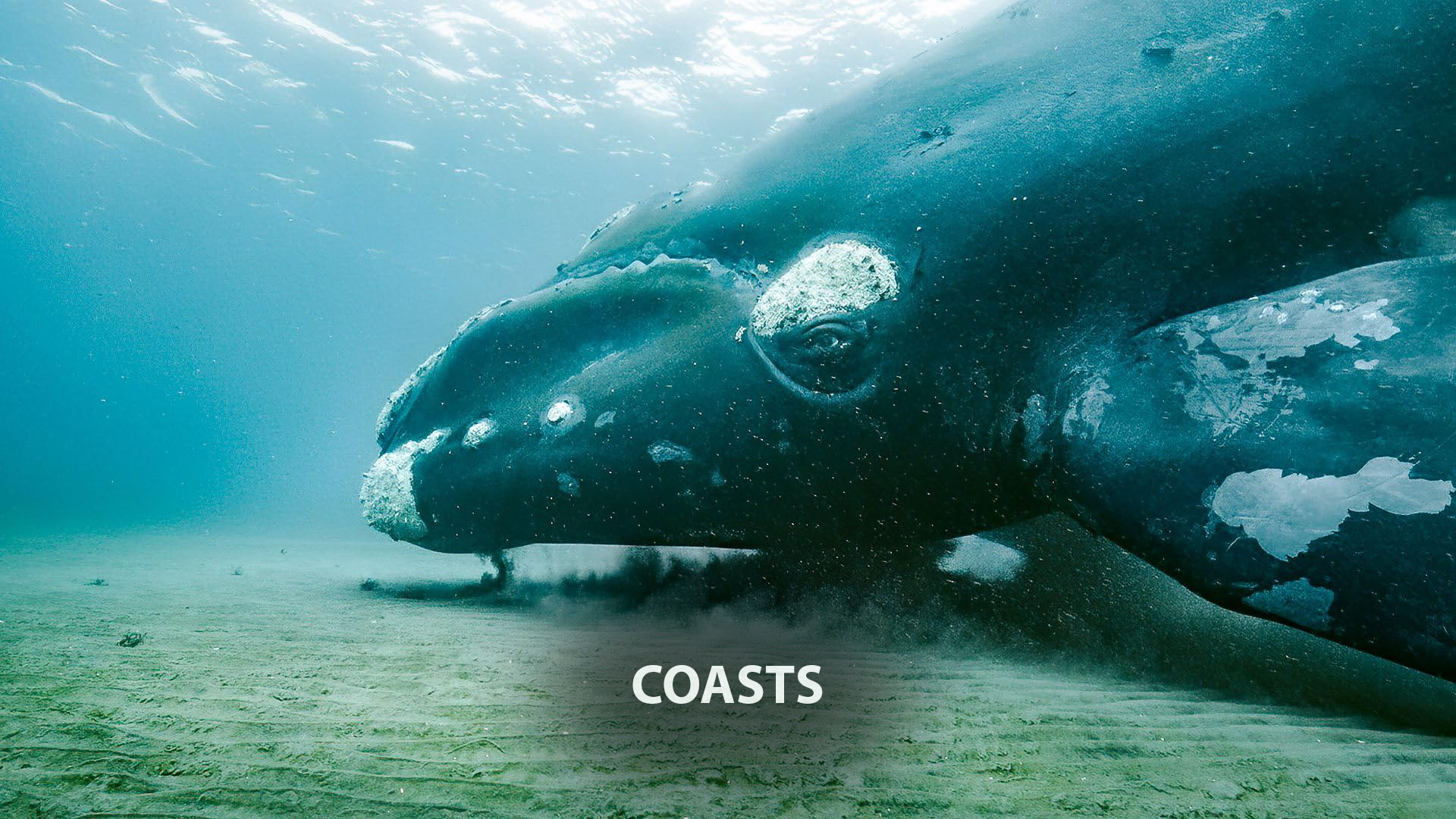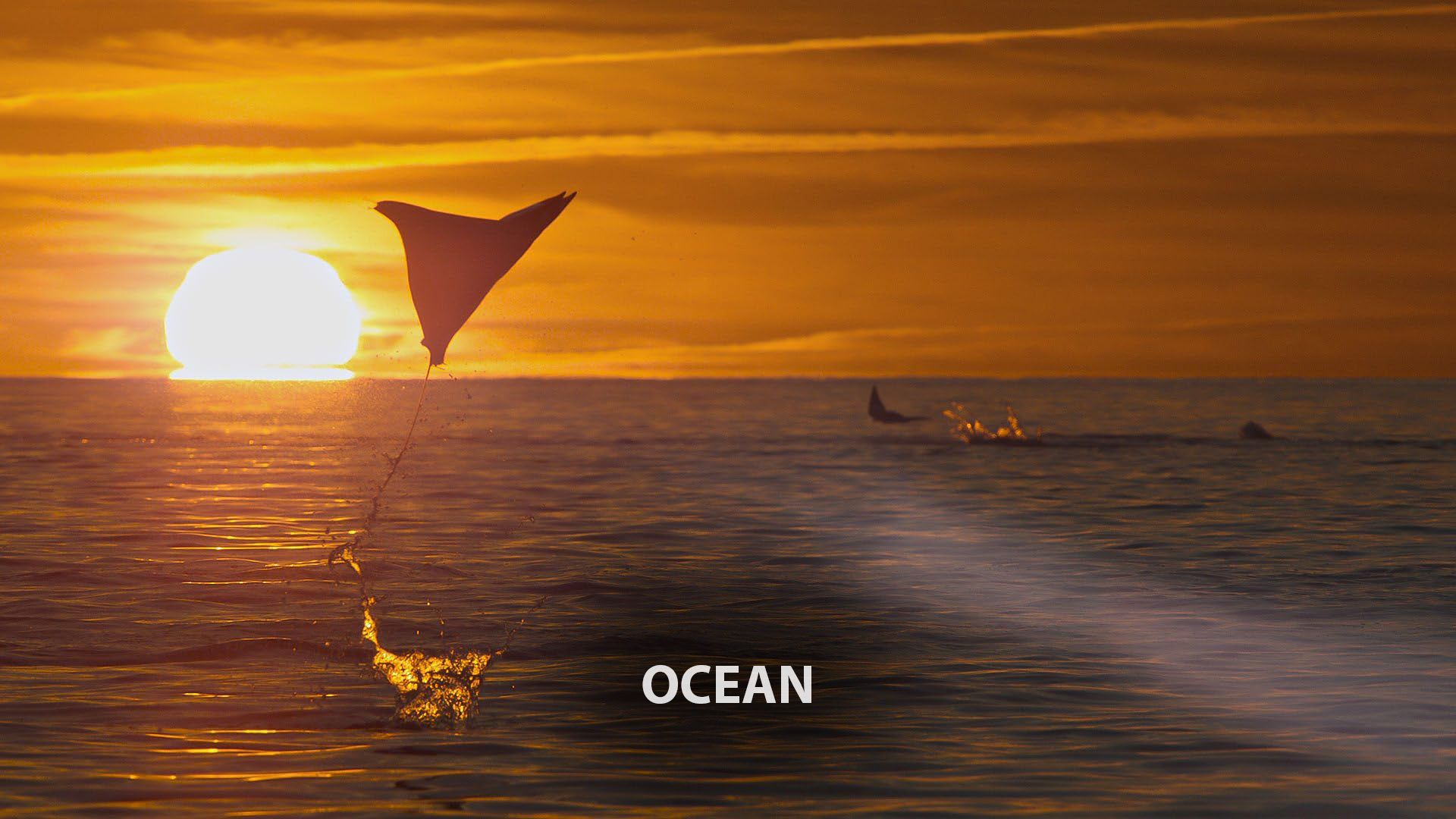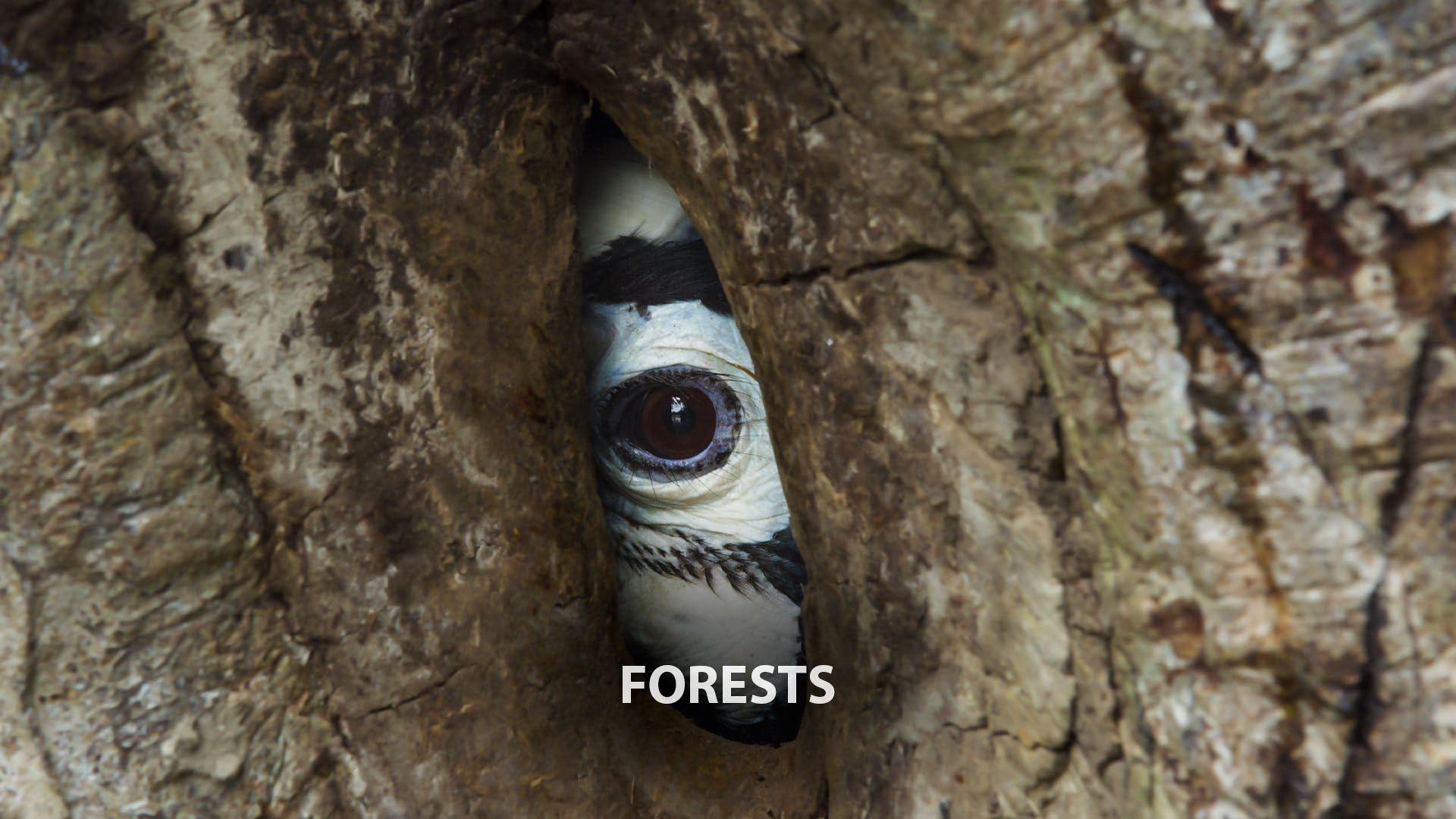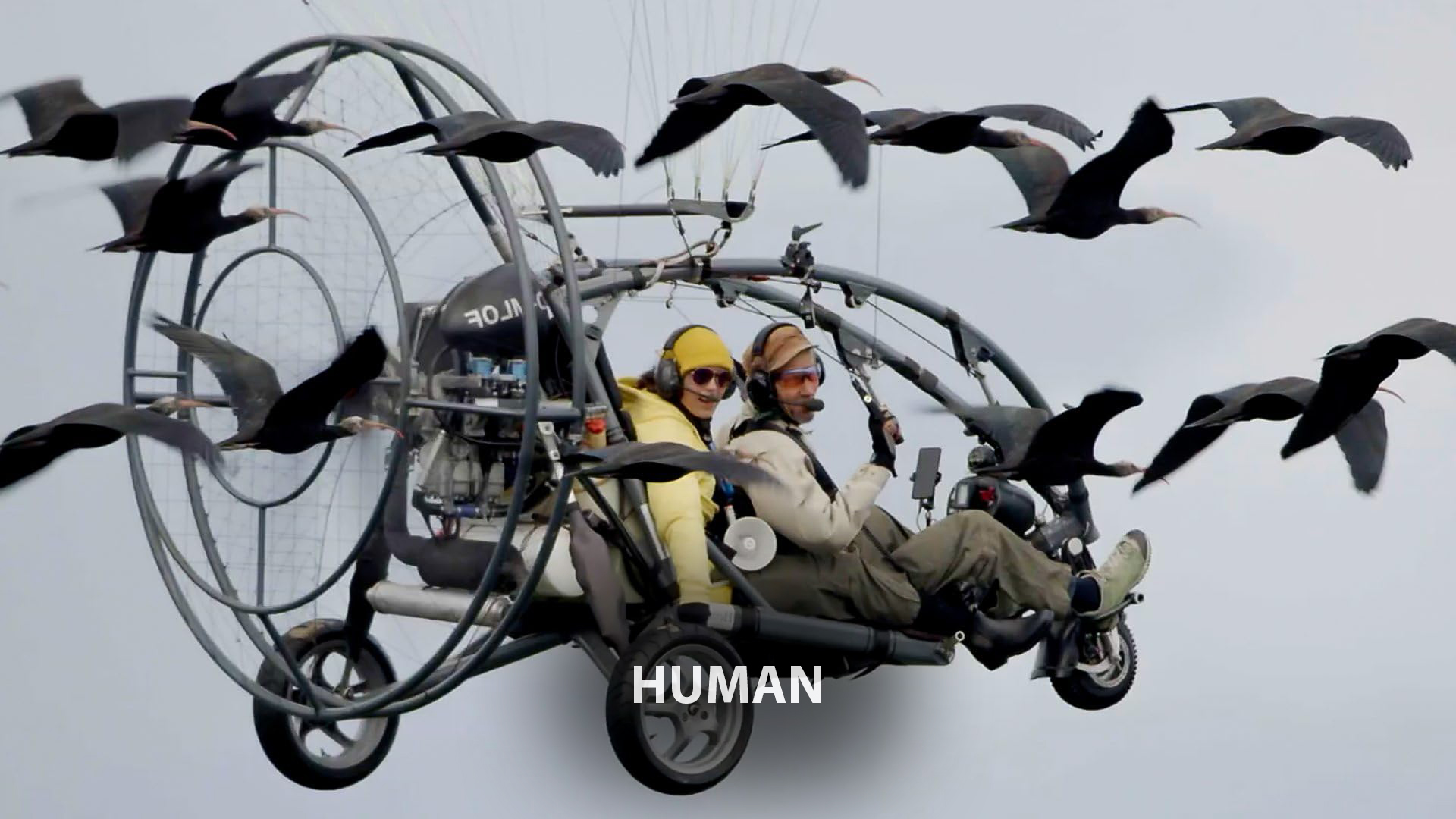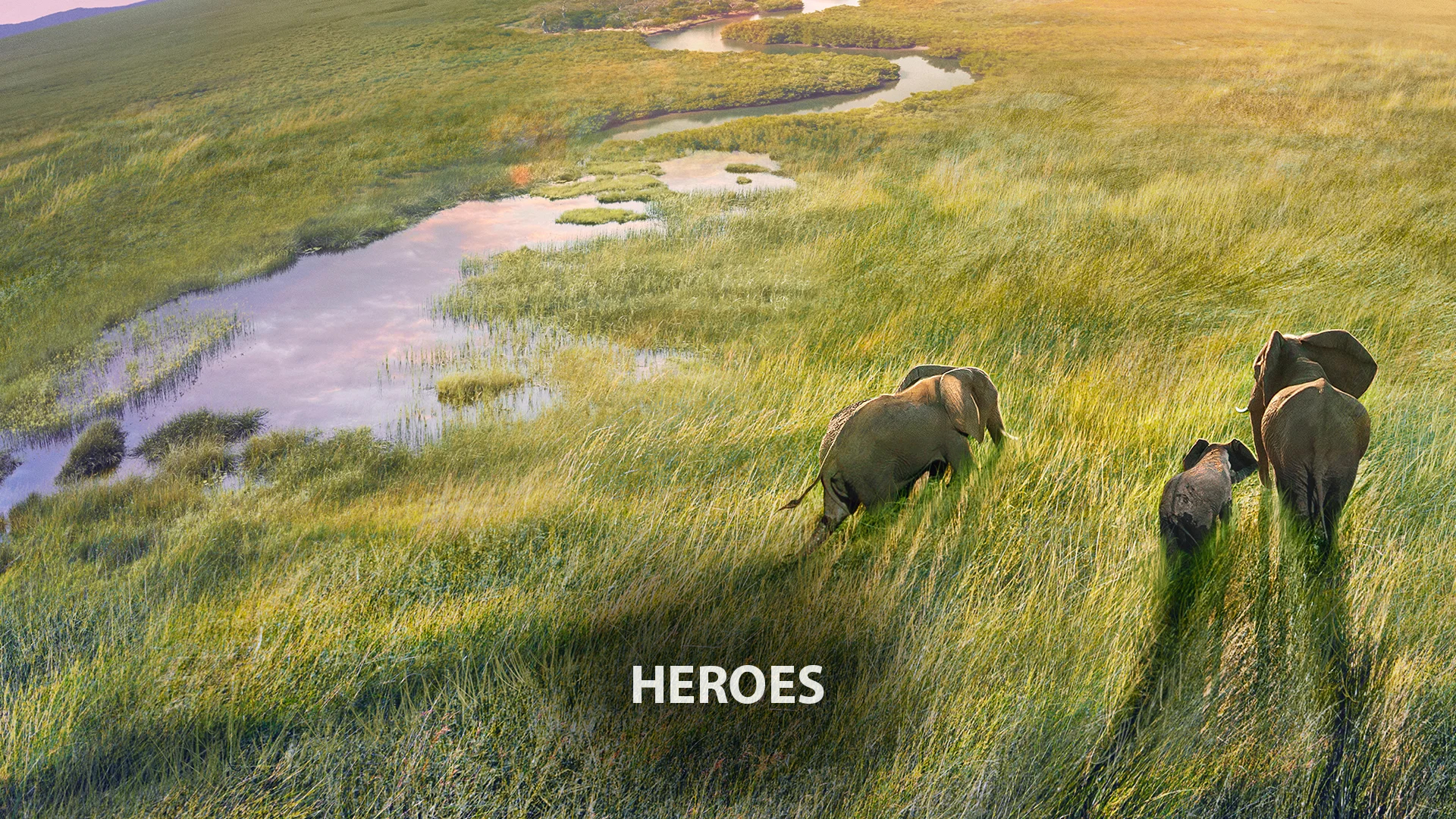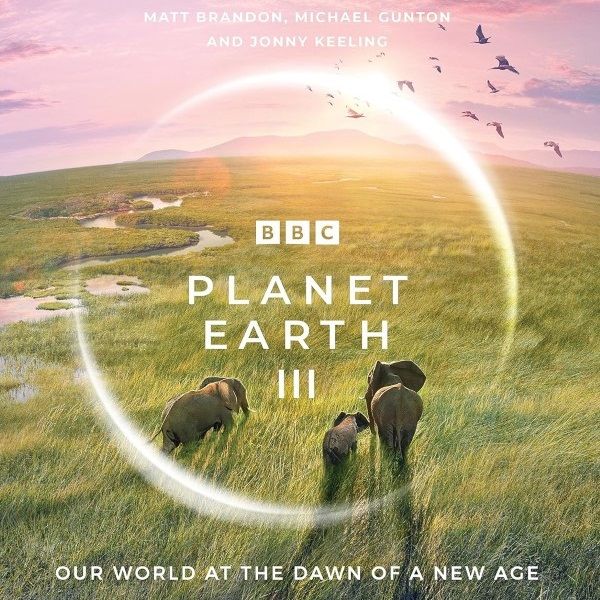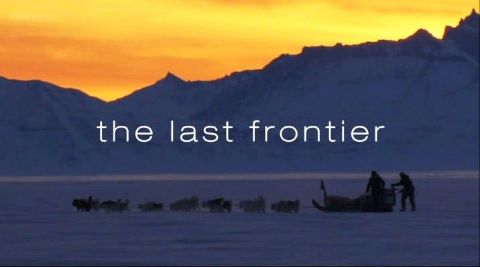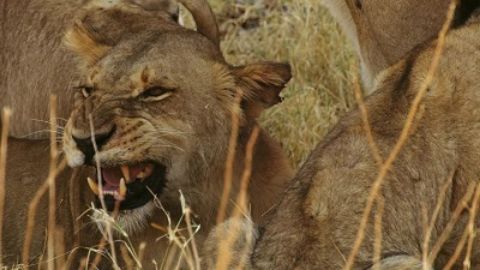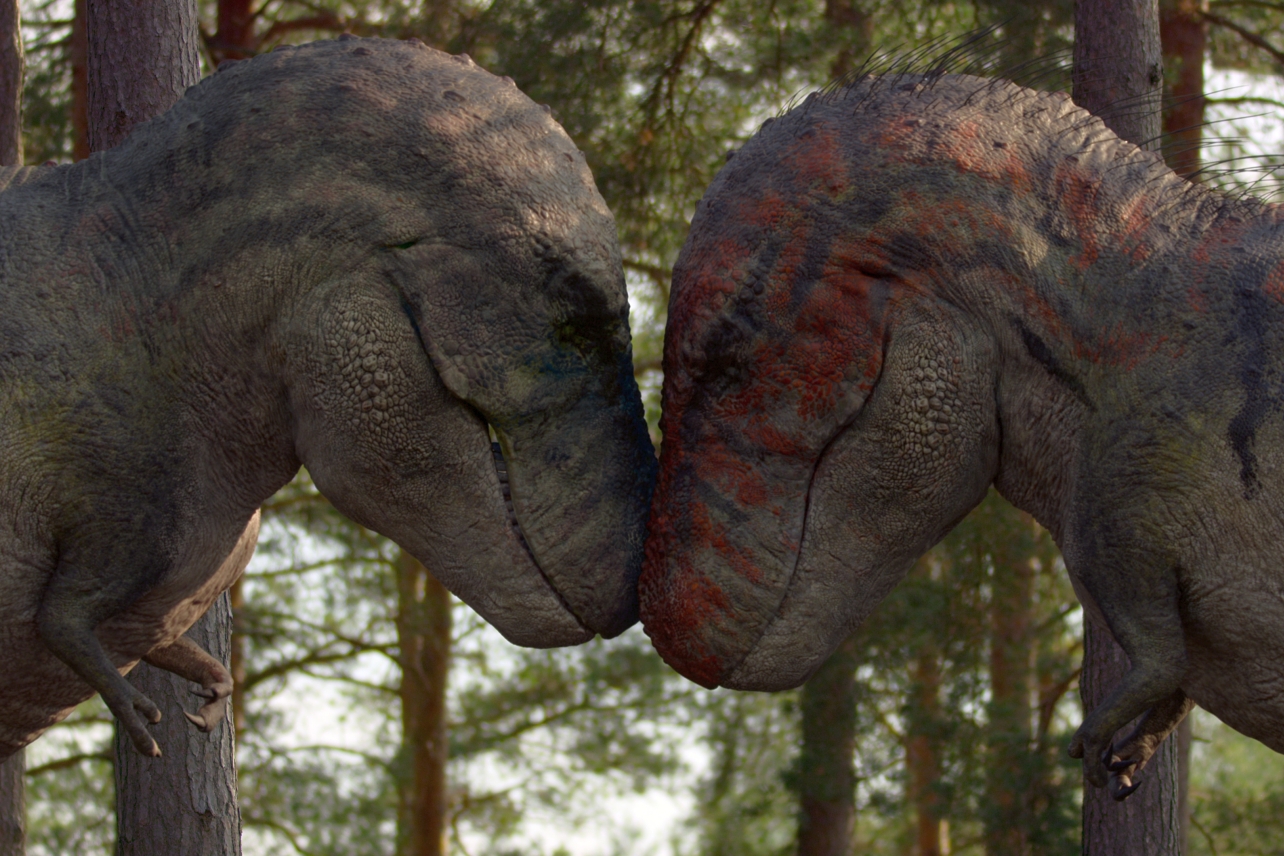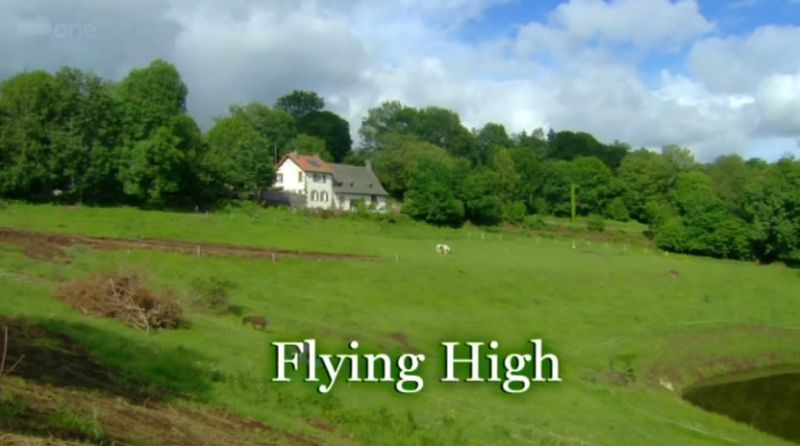Planet Earth III • 2023 • 9 episodes •
David Attenborough showcases wildlife in coastal regions, from Cape fur seals on South Africa's Robberg Peninsula to hungry lions on Namibia's infamous Skeleton Coast. Plus, a look at how the Arctic coast is the scene of the biggest seasonal transformation on Earth, as the melting of billions of tonnes of ice brings short-lived opportunities to coastal waters.
2023 • Nature
The wildlife inhabiting the world's oceans, from the shallow seas of the tropics, where predators like the lionfish can become the prey to one of the world's oddest hunters, to the greatest depths, where a massive siphonophore, longer than a blue whale, and a gulper eel with huge jaws are captured on film using specialised vessels designed to withstand the pressure. The episode also features the mating dances of mobula rays and the symbiotic relationship between Columbus crabs and turtles.
2023 • Nature
Life in some of the many deserts and grasslands around the world, including in the baked Namib desert, where a pair of ostriches raise their family in the searing heat to keep them safe from predators. One troop of desert baboons are on a continual quest to find water and a young mother who is low in the pecking order must battle for her right to drink. Closer to the equator, in the grassland paradise of the Cerrado in Brazil, lives the rare, fruit-eating maned wolf, a bizarre creature about whom little is known.
2023 • Nature
Footage of animals that live in freshwater environments, from gliding treefrogs engaged in fiercely competitive mating rituals in in the Costa Rican rainforest to mugger crocodiles in Sri Lanka, that lie in wait at waterholes for chital deer. In the Okavango Delta, the arrival of the great annual flood poses a significant challenge for a pack of five African wild dogs.
2023 • Nature
David Attenborough journeys into the hidden world of forests, from the temperate rainforests of Canada, where rarely seen spirit bears fish for salmon, to the teak forests of India, where whistling wild dogs work together to bring down prey three times their size. In the misty mountainous forests of China, male tragopan have developed a comical dance routine, whilst in the dense tropical rainforest, treehoppers form surprising alliances to fight off assassin bugs and oriental pied hornbills go to incredible lengths to protect their young.
2023 • Nature
David Attenborough reveals the extraordinary ways in which animals battle to survive in a world of extremes, from mountain summits to deserts, polar tundra to the world's largest cave in Vietnam. On Ellesmere Island, a pack of Arctic wolves fight to rebuild their strength after one of the toughest winters on record, while in the mountains of Mexico, millions of Monarch butterflies huddle together to survive. But the calm is shattered when a storm hits their forest shelter.
2023 • Nature
The ways in which wild animals have adapted to survive in human population centres, from cobras in India hunting in houses, to macaques in Bali stealing mobile phones to barter with temple staff in return for food. Rhinos walk through the streets of Sauraha, Nepal, while in Australia, tawny frogmouths find streetlights useful in catching prey, but have to avoid being eaten by household cats.
2023 • Nature
David Attenborough introduces conservation heroes fighting to save the world's wildlife, from exploring remote jungles to going undercover to catch criminals in the illegal ivory trade. In South Africa, new breeding populations of black rhino are set up in safe havens where they will be protected from poachers, while a conservationist in Ecuador works to protect endangered frogs.
2023 • Nature
This special (9th) episode brings together highlights from the series, from hidden forests and turbulent coasts to vast, unexplored deserts.
2023 • Nature
